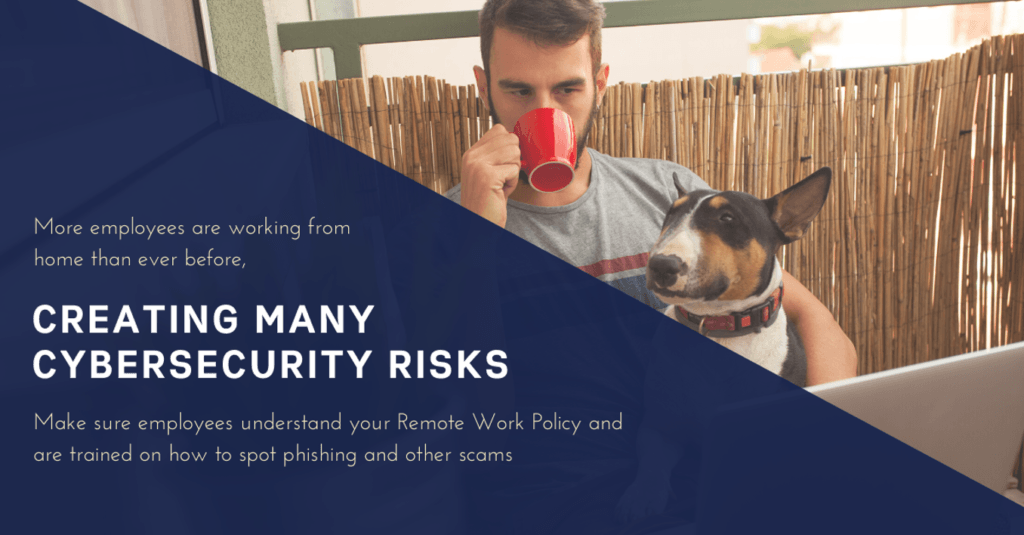Working from Home Tips
WFH Tips for Employees
Working remotely, whether short-term or permanent comes with many perks, but it also poses many new risks for the security of your organization’s data.
We’ve developed a list of guidelines and tips for making sure your work-from-home environment is safe and functional. Note: this list is intended for guidance and information purposes only. If you have any questions regarding these tips, please reach out to your supervisor or IT provider for additional information.

